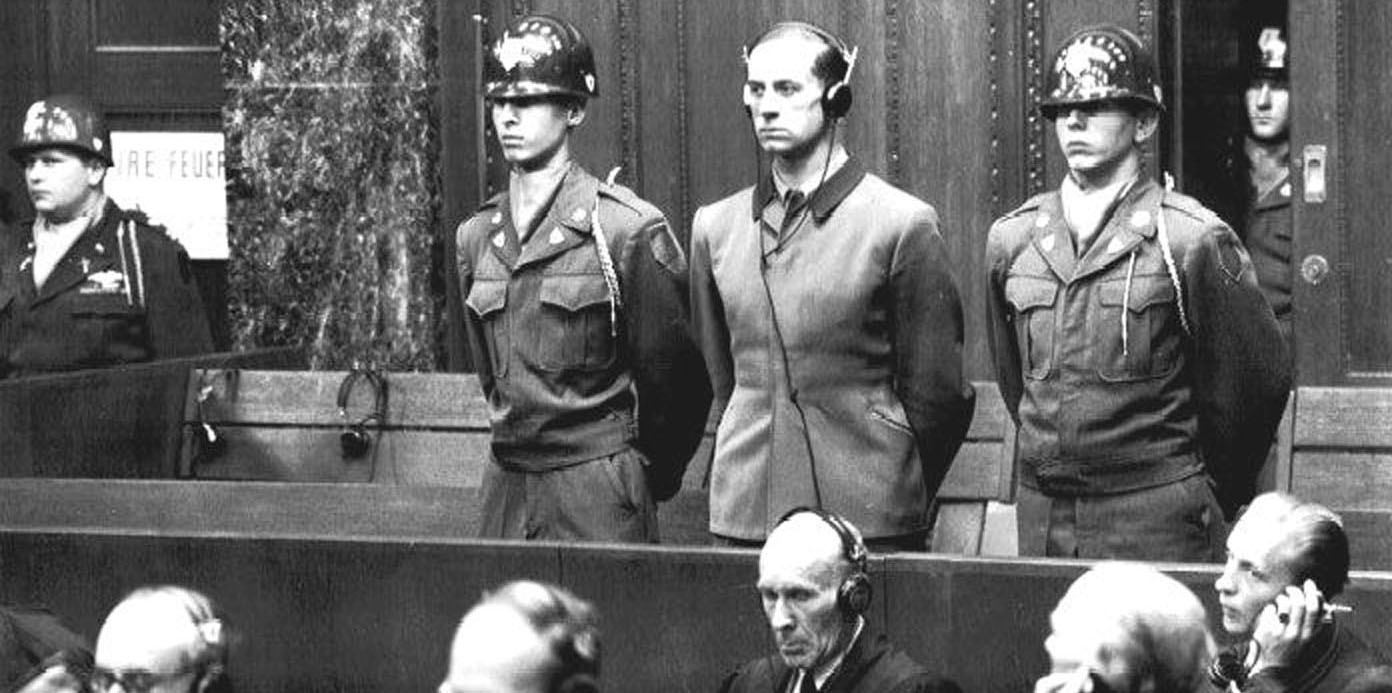American University of Paris’s Schaeffer Center Hosts Inaugural Conference

USC Shoah Foundation Executive Director Stephen Smith will participate in the inaugural academic conference of the newly-established George and Irina Schaeffer Center for the Study of Genocide, Human Rights and Conflict Prevention at American University of Paris on Oct. 21.
The Schaeffer Center is the second full access site of the Visual History Archive in France, after ENS Lyon. It was founded with support from USC Shoah Foundation donors George and Irina Schaeffer.
The conference is “Legal Legacies of Genocide: From Nuremberg to the International Criminal Courts.” The attending scholars will examine the evolving relationship between the law and extreme forms of mass violence, particularly genocide, since the convening of the International Military Tribunals at Nuremberg and Tokyo. How have the international courts of justice shaped contemporary law in the field of genocide and crimes against humanity? Has this body of law served to deter genocide? Has the law tamed power? What are the models for and challenges of constructing international criminal law?
The conference will provide a forum for jurists, historians, social scientists and political theorists to address these questions and examine the search for justice in response to mass violence and the ways that search has unfolded inside and outside of courtrooms.
Smith will speak on the last panel “Seventy Years since Nuremberg: A Critical Assessment.” The panel is chaired by Philip Golub, AUP Professor of International and Comparative Politics, and includes City University of New York’s John Torpey and Judge Patrick Lipton Robinson, barrister and member of the International Court of Justice.
Smith’s presentation is titled “What Remains: Open Graves, Memorials and Testimony as Elements of Transitional Closure.” This presentation explores how human remains, memorial culture and personal testimony continue to shape the aftermath atrocities committed during the Guatemalan genocide (1982-1984), and the Rwandan Genocide Against the Tutsi (1994), alongside ongoing judicial processes.
The reoccurrence of bones as both forensic evidence and memory reveals the complexities of how physical evidence is used to document the past while bringing justice to the present. As Sociologist Avery Gordon writes in Ghostly Matters, “The ghost is not simply a dead or missing person, but a social figure, and investigating it can lead to a dense site where history and subjectivity make social life” (8). By exploring what remains of those who were murdered in the communities that they came from, through physical traces, the memorial landscape and personal testimony, this presentation examines how forensics and memorial culture serve to support personal closure in the absence of personal justice.
Like this article? Get our e-newsletter.
Be the first to learn about new articles and personal stories like the one you've just read.